Home>Renovation & DIY>Home Renovation Guides>How To Keep Pipes In Crawl Space From Freezing
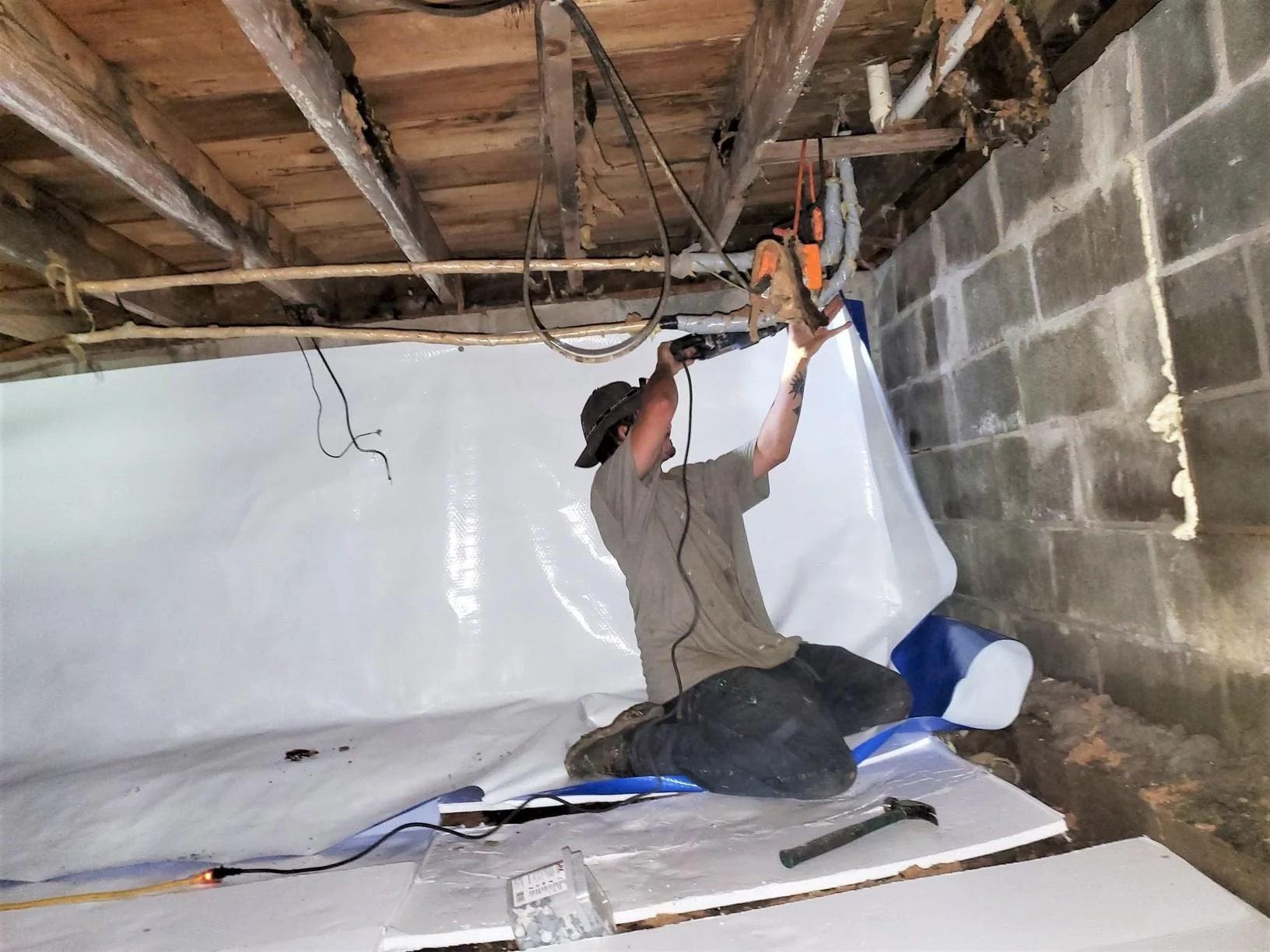

Home Renovation Guides
How To Keep Pipes In Crawl Space From Freezing
Modified: October 20, 2024
Learn how to prevent frozen pipes in your crawl space with our comprehensive home renovation guide. Keep your plumbing safe and secure all winter long.
(Many of the links in this article redirect to a specific reviewed product. Your purchase of these products through affiliate links helps to generate commission for Storables.com, at no extra cost. Learn more)
Insulating the Pipes
Insulating the pipes in your crawl space is a crucial step in preventing them from freezing during cold weather. By taking the time to properly insulate the pipes, you can avoid the inconvenience and potential damage that frozen pipes can cause.
Read more: How To Keep Pipes In Attic From Freezing
Why Insulate?
Pipes in crawl spaces are particularly vulnerable to freezing because they are exposed to the cold air and lack the insulation that is typically found in the interior of a home. When temperatures drop, these exposed pipes can quickly freeze, leading to the potential for burst pipes and water damage.
How to Insulate
-
Choose the Right Insulation: When insulating pipes in a crawl space, it's important to select the right type of insulation. Foam pipe insulation sleeves are a popular choice for this purpose. These sleeves are designed to fit snugly around the pipes, providing a barrier against the cold.
-
Measure and Cut: Before installing the insulation, measure the length of the pipes in the crawl space and cut the insulation sleeves to the appropriate size. It's essential to ensure a proper fit to maximize the insulation's effectiveness.
-
Secure the Insulation: Once the insulation sleeves are cut to size, carefully wrap them around the pipes, ensuring that there are no gaps or exposed areas. Use duct tape or zip ties to secure the insulation in place and prevent it from slipping.
-
Pay Attention to Vulnerable Areas: Focus on insulating vulnerable areas where pipes are most exposed to the cold, such as near exterior walls or in areas with minimal insulation.
Additional Tips
-
Inspect Regularly: After insulating the pipes, it's important to periodically inspect the insulation for any signs of wear or damage. Replace any worn or damaged insulation promptly to maintain the pipes' protection.
-
Consider Pipe Heating Cable: In extremely cold climates, consider using pipe heating cable in conjunction with insulation. This additional measure can provide extra protection against freezing temperatures.
By insulating the pipes in your crawl space, you can safeguard your plumbing system from the perils of freezing temperatures. This proactive approach not only helps prevent potential damage and costly repairs but also contributes to the overall efficiency and longevity of your home's plumbing infrastructure.
Key Takeaways:
- Don’t let your pipes freeze! Insulate them with foam pipe insulation sleeves, regularly inspect for wear, and consider using pipe heating cable for extra protection in extremely cold climates.
- Seal crawl space vents to keep out cold air, but remember to maintain ventilation in moderation. Consider using a space heater to maintain a suitable temperature and protect your pipes from freezing.
Sealing Crawl Space Vents
Sealing the vents in your crawl space is a fundamental step in maintaining a controlled environment and safeguarding your home against the adverse effects of extreme temperatures. Crawl space vents are designed to promote air circulation, but during cold weather, they can allow frigid air to infiltrate the space, potentially leading to frozen pipes and increased heating costs. By effectively sealing these vents, you can create a barrier against the cold and enhance the overall insulation of your crawl space.
Read more: How To Keep Outdoor Pipes From Freezing
Importance of Sealing Vents
Crawl space vents are intended to mitigate moisture and humidity concerns by facilitating air movement. However, during winter, these vents can introduce cold air into the crawl space, causing the temperature to drop significantly. This can have a direct impact on the pipes, potentially leading to freezing and subsequent damage. By sealing the vents, you can prevent the intrusion of cold air, thereby reducing the risk of frozen pipes and the associated consequences.
How to Seal Crawl Space Vents
-
Assess the Vents: Begin by inspecting the crawl space vents to identify their condition and any existing gaps or openings. Look for signs of wear, damage, or deterioration that may compromise their effectiveness.
-
Gather the Necessary Materials: To seal the vents effectively, you will need appropriate materials such as foam board, insulation, or vent covers. These materials will serve as barriers to prevent cold air from entering the crawl space.
-
Cover the Vents: Use the selected materials to cover the vents securely. Foam board and insulation can be cut to fit the vent openings and then secured in place using adhesive or fasteners. Vent covers can be installed to provide a protective barrier against the cold.
-
Seal Any Gaps: Pay close attention to the areas surrounding the vents to ensure that there are no gaps or openings that could allow cold air to seep through. Use caulk or foam sealant to seal any potential entry points for cold air.
Additional Considerations
-
Maintain Ventilation in Moderation: While sealing the vents is essential during cold weather, it's important to remember that proper ventilation is still necessary to prevent moisture buildup and maintain air quality. Consider temporary sealing solutions that can be easily removed when ventilation is required.
-
Regular Inspection: Periodically check the sealed vents to ensure that the barriers remain intact and effective. Address any signs of wear or damage promptly to maintain the integrity of the seal.
By sealing the crawl space vents, you can fortify your home against the challenges posed by cold weather, particularly in relation to the protection of your plumbing system. This proactive measure not only helps prevent frozen pipes but also contributes to energy efficiency and the overall well-being of your home.
Using Heat Tape
When it comes to safeguarding your pipes from freezing in the crawl space, utilizing heat tape is a practical and effective solution. Heat tape, also known as heating cable, is designed to provide consistent warmth to the pipes, preventing them from succumbing to the frigid temperatures often experienced during winter. This proactive approach can help mitigate the risk of frozen pipes and the potential damage they can cause.
Read more: How To Insulate PEX Pipes In A Crawl Space
Understanding Heat Tape
Heat tape is a specialized electrical cable that generates heat when powered, designed to be wrapped around pipes to maintain a suitable temperature and prevent freezing. It comes in various types, including self-regulating heat tape, which adjusts its heat output based on the surrounding temperature, and constant wattage heat tape, which delivers a consistent level of heat regardless of the ambient conditions.
Installation Process
Installing heat tape requires careful attention to detail to ensure its effectiveness in protecting the pipes. The following steps outline the general process for installing heat tape:
-
Measure the Pipes: Begin by measuring the length of the pipes in the crawl space to determine the amount of heat tape needed.
-
Wrap the Pipes: Carefully wrap the heat tape around the pipes, ensuring that it is in close contact with the pipe's surface and that there are no gaps or overlaps.
-
Secure in Place: Use electrical tape or zip ties to secure the heat tape along the length of the pipes, ensuring that it remains in position.
-
Insulate if Necessary: In some cases, it may be beneficial to insulate the pipes after applying the heat tape to further enhance their protection against freezing.
Precautions and Considerations
While heat tape is an effective tool for preventing frozen pipes, it is essential to observe certain precautions and considerations:
-
Power Source: Ensure that the heat tape is connected to a reliable power source and that the electrical connections are secure and weatherproof.
-
Regular Inspection: Periodically inspect the heat tape to verify its proper functioning and to check for any signs of wear or damage. Promptly address any issues to maintain its effectiveness.
-
Professional Assistance: If you are unsure about the installation or have concerns about the suitability of heat tape for your specific pipes, consider seeking professional assistance to ensure the proper application and functionality of the heat tape.
By utilizing heat tape in your crawl space, you can proactively protect your pipes from freezing, thereby minimizing the potential for costly damage and the inconvenience of dealing with frozen or burst pipes. This practical approach contributes to the overall resilience of your home's plumbing system, ensuring its reliability even in the face of harsh winter conditions.
Adding a Space Heater
Introducing a space heater to your crawl space can be a strategic measure to prevent frozen pipes and maintain a suitable temperature in this often overlooked area of your home. During cold weather, crawl spaces are particularly susceptible to plummeting temperatures, which can put the exposed pipes at risk of freezing. By incorporating a space heater into the crawl space environment, you can create a consistent and controlled level of warmth, effectively safeguarding the pipes from the detrimental effects of extreme cold.
Read more: How To Keep Driveway From Freezing
Selecting the Right Space Heater
When considering the addition of a space heater to your crawl space, it's essential to choose a unit that is suitable for the environment and capable of providing the necessary warmth without compromising safety. Here are some key factors to consider when selecting a space heater for your crawl space:
-
Size and Capacity: Assess the size of the crawl space and the level of insulation to determine the appropriate heating capacity required to maintain a consistent temperature.
-
Safety Features: Look for space heaters with built-in safety features such as tip-over protection and overheat protection to mitigate potential hazards.
-
Energy Efficiency: Opt for an energy-efficient space heater to minimize operational costs while effectively maintaining the desired temperature in the crawl space.
Installation and Placement
Once you have chosen a suitable space heater for your crawl space, proper installation and strategic placement are crucial to ensure its optimal performance. Consider the following guidelines when installing and positioning the space heater:
-
Secure Placement: Place the space heater on a stable surface, ensuring that it is securely positioned to prevent accidental displacement.
-
Clearance: Allow sufficient clearance around the space heater to prevent obstruction of airflow and to minimize the risk of overheating.
-
Strategic Positioning: Position the space heater in a central location within the crawl space to facilitate even distribution of warmth throughout the area.
Monitoring and Maintenance
After installing the space heater, regular monitoring and maintenance are essential to ensure its continued effectiveness and safe operation. Here are some important considerations for monitoring and maintaining the space heater in the crawl space:
-
Regular Checks: Periodically inspect the space heater to ensure that it is functioning properly and that there are no signs of wear or damage.
-
Cleaning: Keep the space heater clean and free from dust or debris that could impede its performance or pose a fire hazard.
-
Ventilation: Ensure that the crawl space maintains adequate ventilation to prevent the buildup of fumes or combustion byproducts from the space heater.
By incorporating a space heater into your crawl space, you can proactively mitigate the risk of frozen pipes and maintain a conducive environment that supports the integrity of your home's plumbing system. This strategic addition not only contributes to the protection of your pipes but also enhances the overall resilience of your home against the challenges of cold weather.
Frequently Asked Questions about How To Keep Pipes In Crawl Space From Freezing
Was this page helpful?
At Storables.com, we guarantee accurate and reliable information. Our content, validated by Expert Board Contributors, is crafted following stringent Editorial Policies. We're committed to providing you with well-researched, expert-backed insights for all your informational needs.
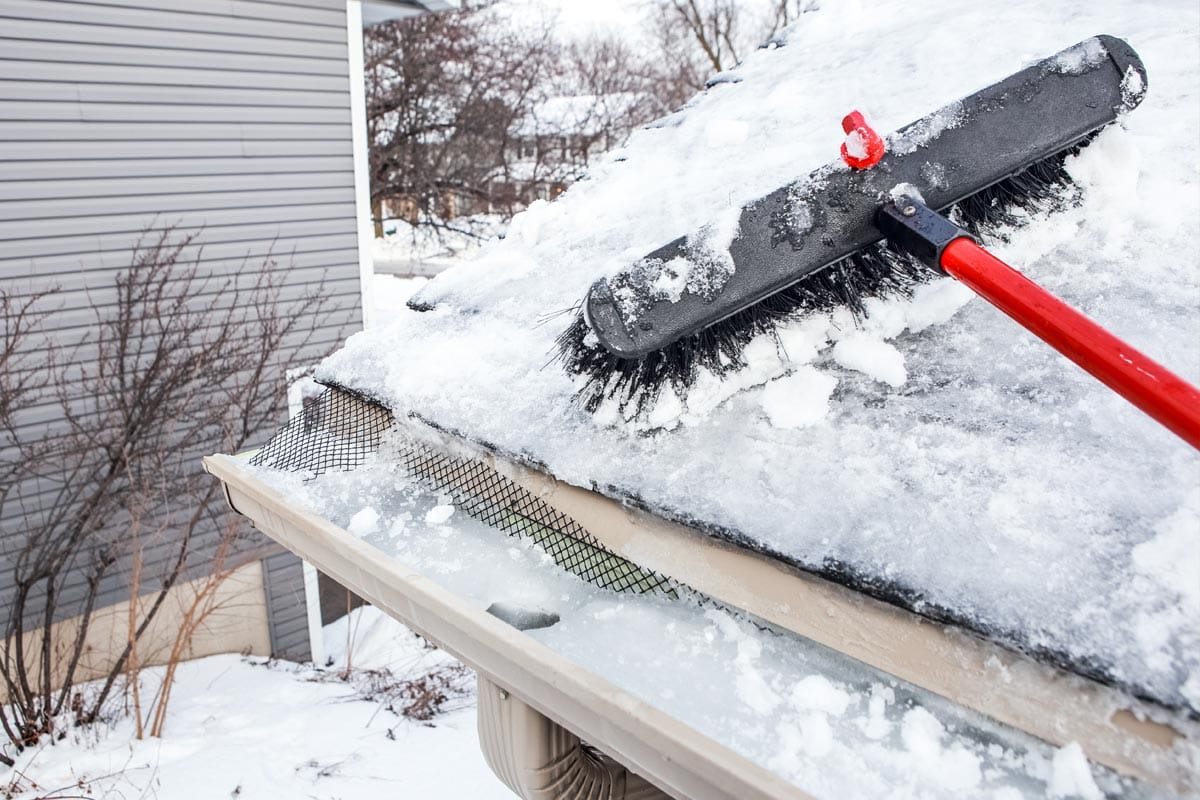

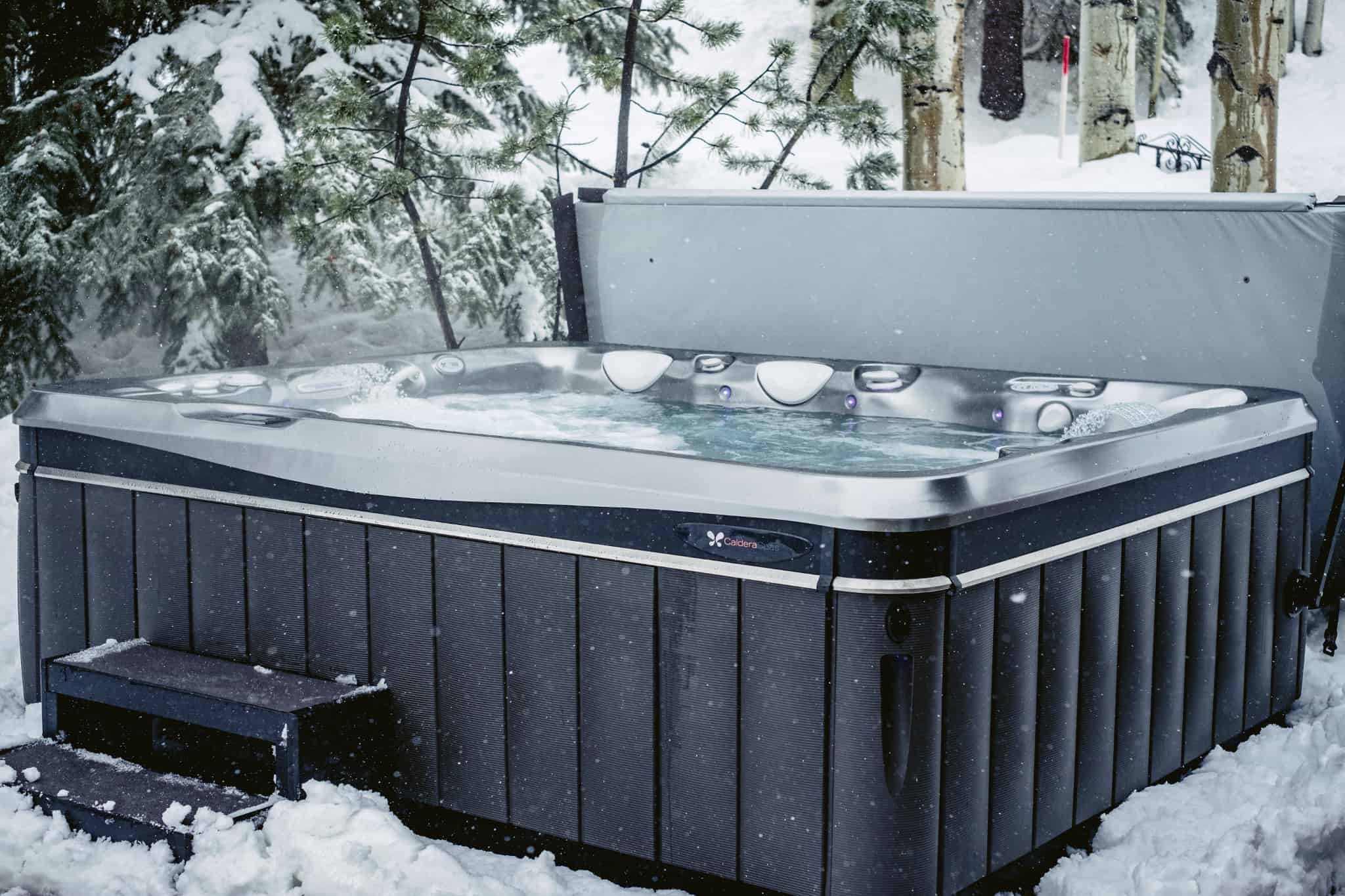
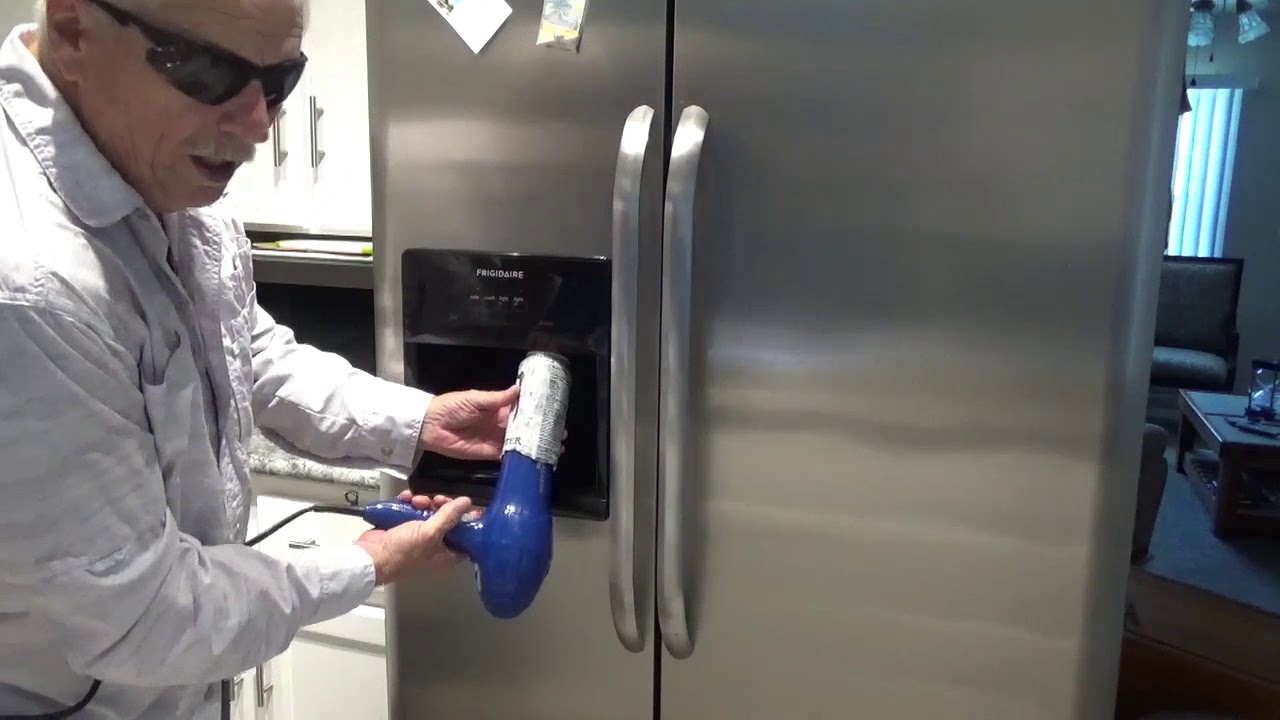
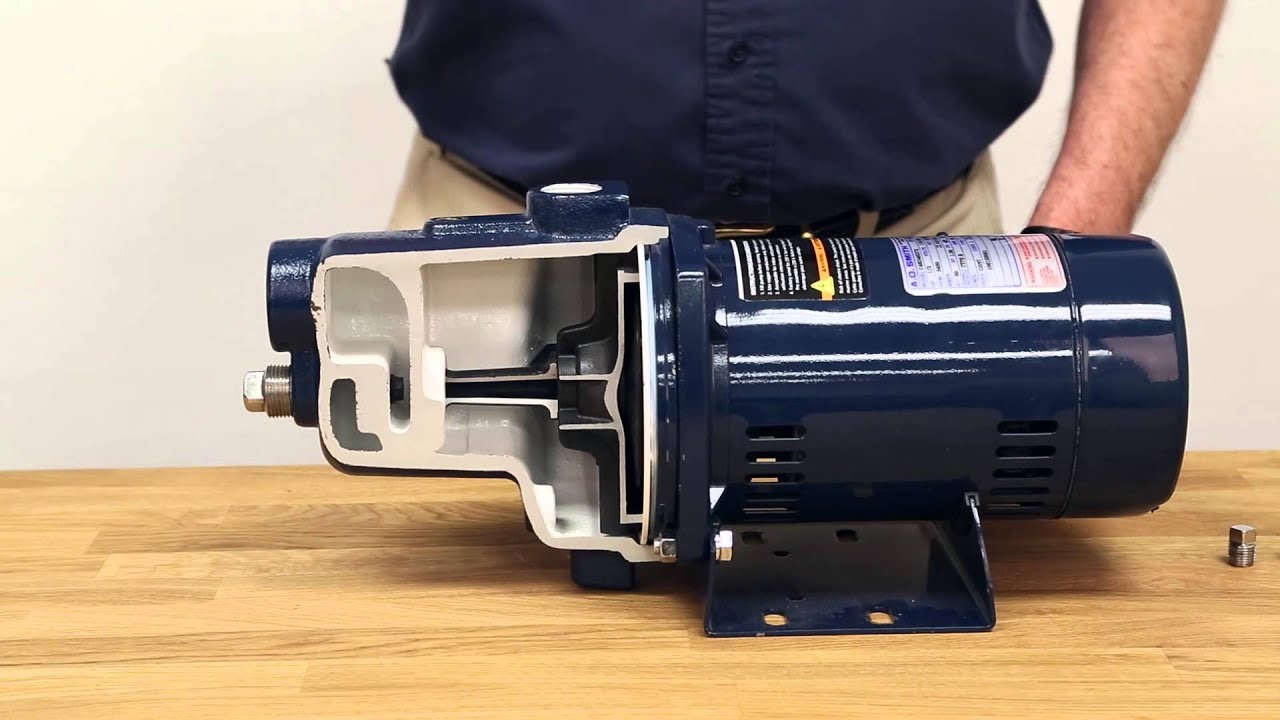

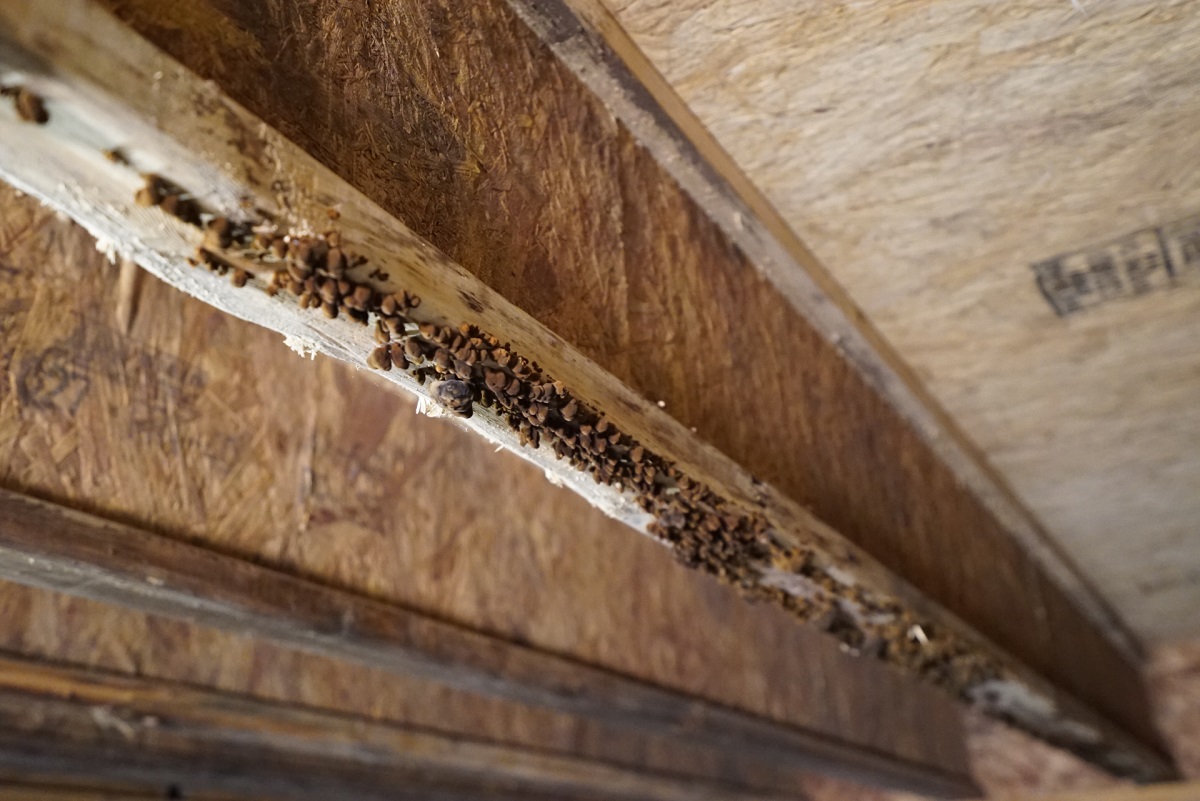
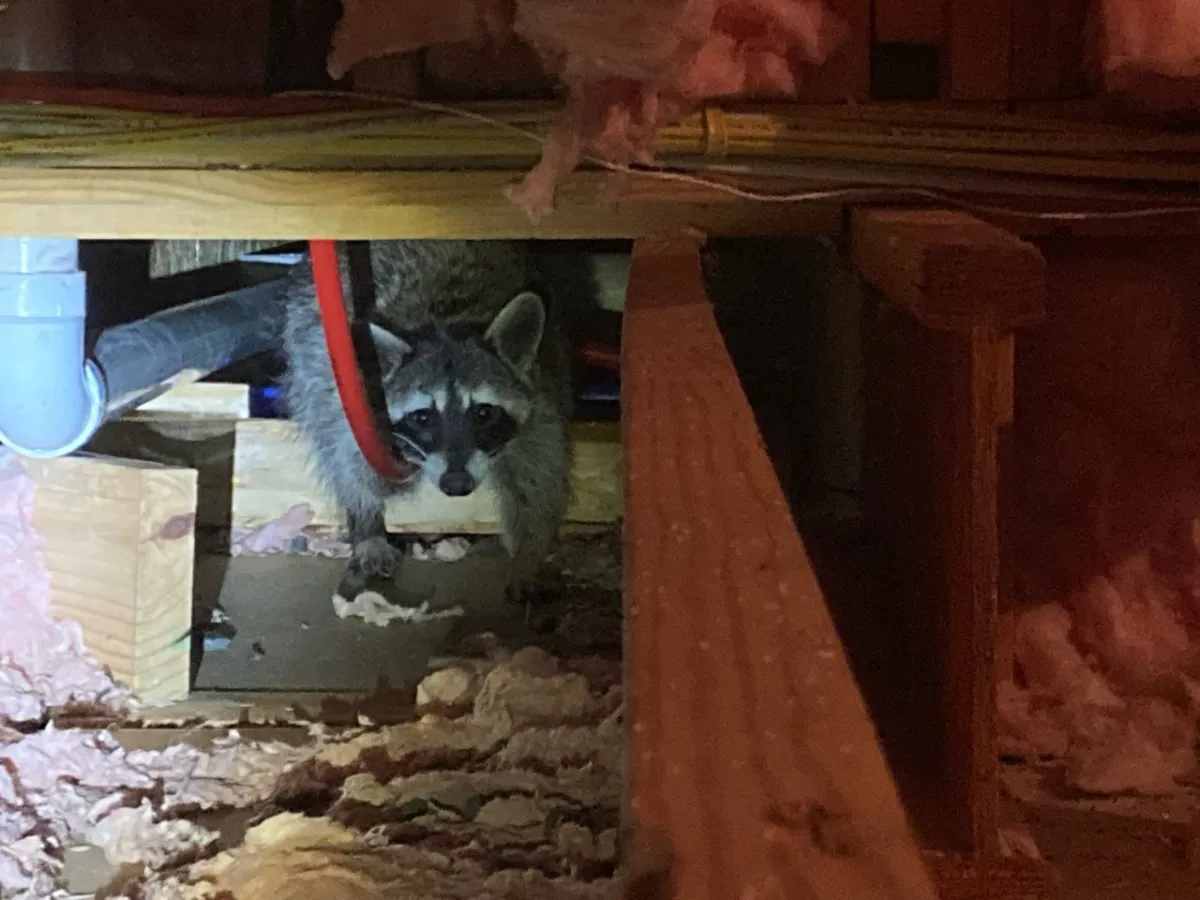
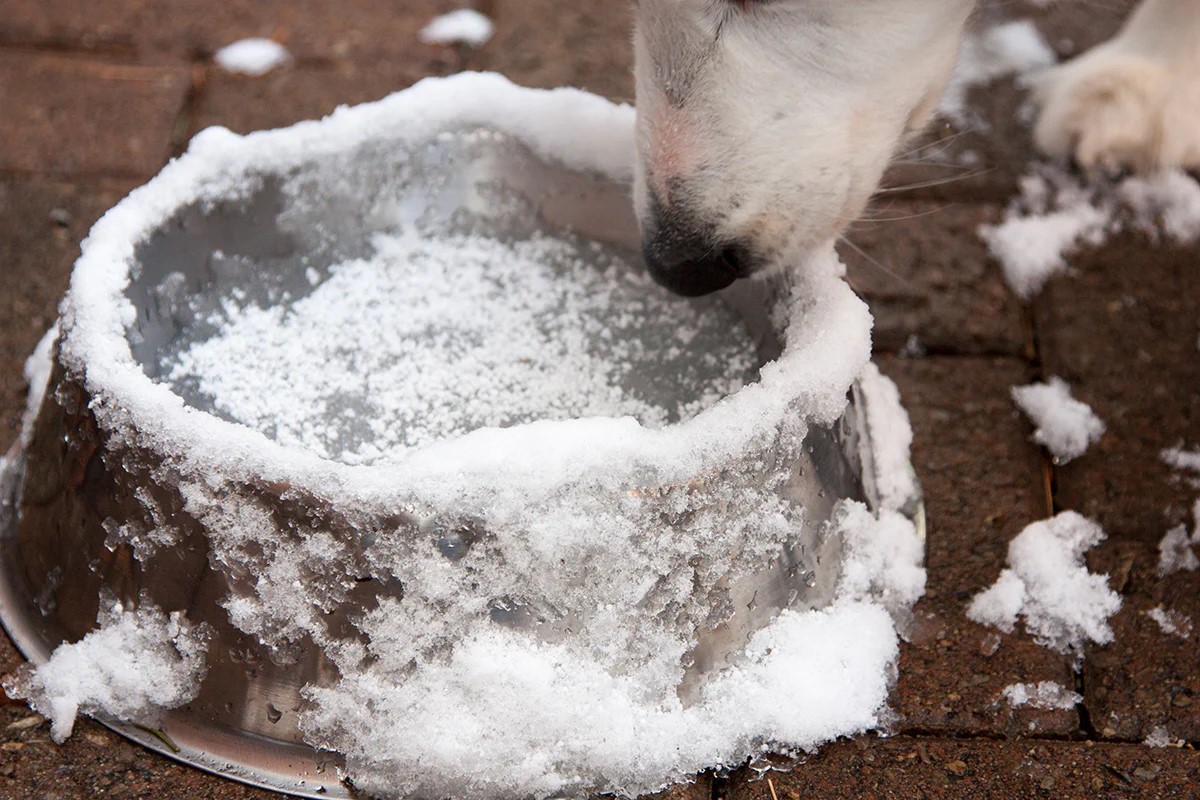
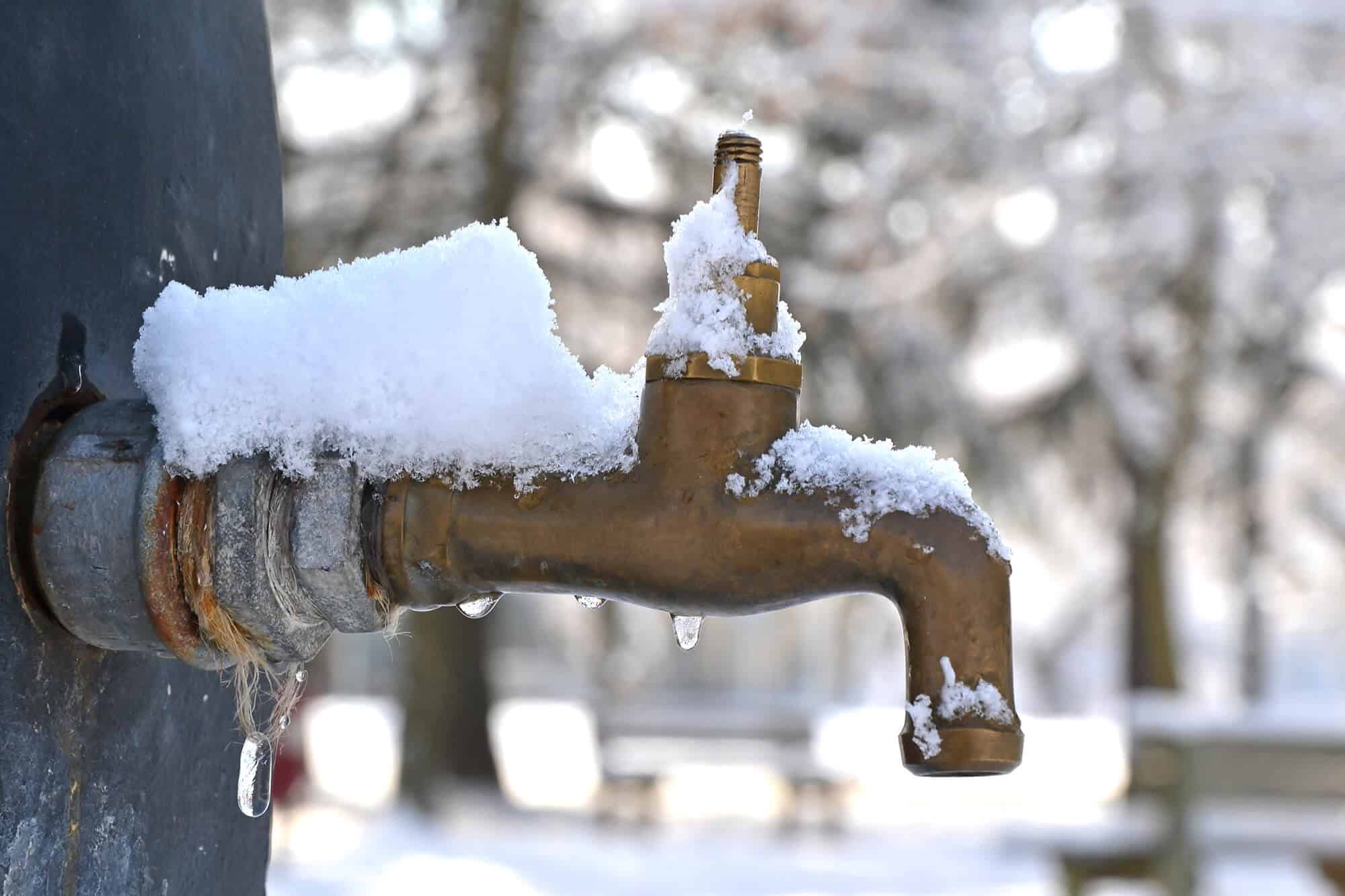
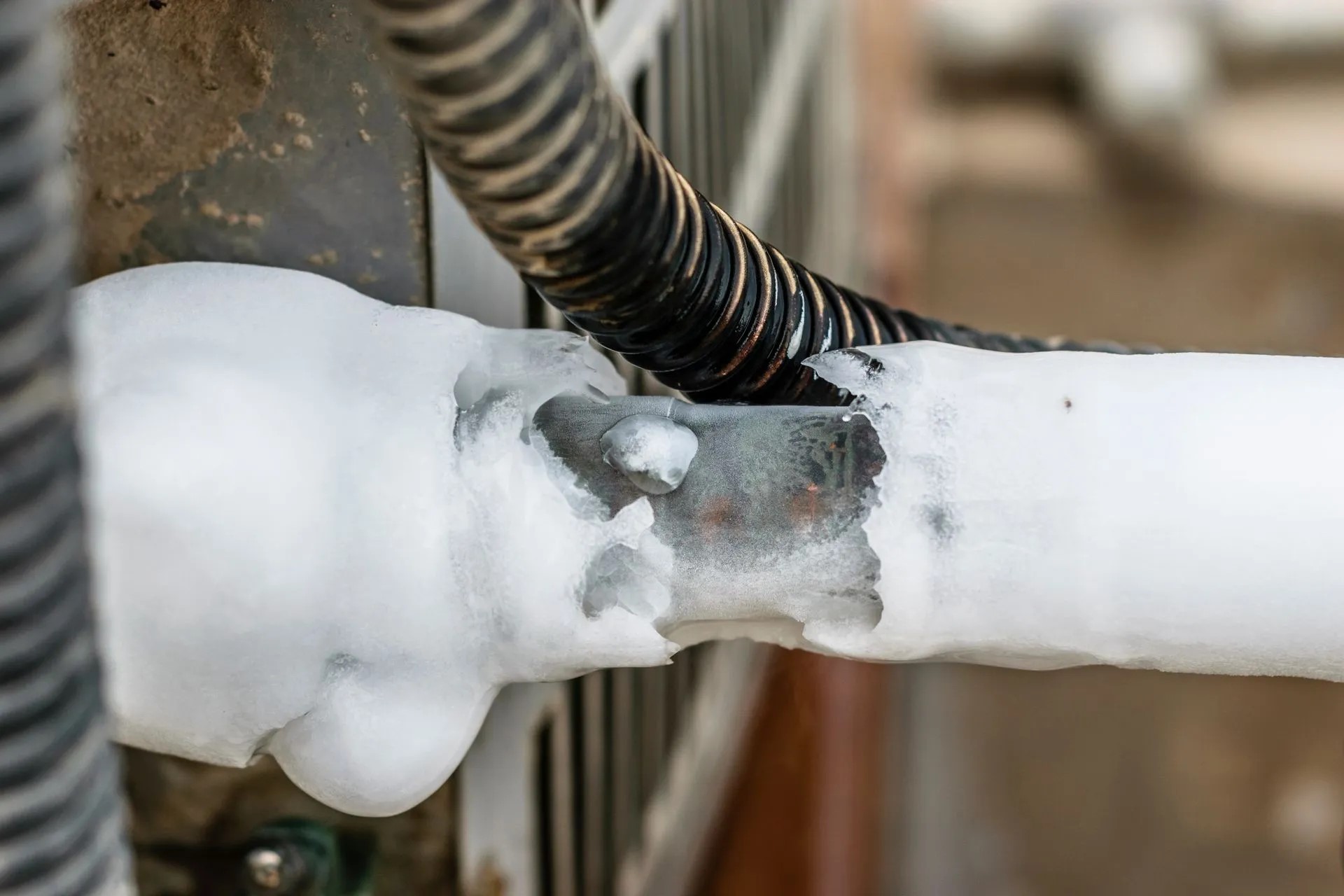
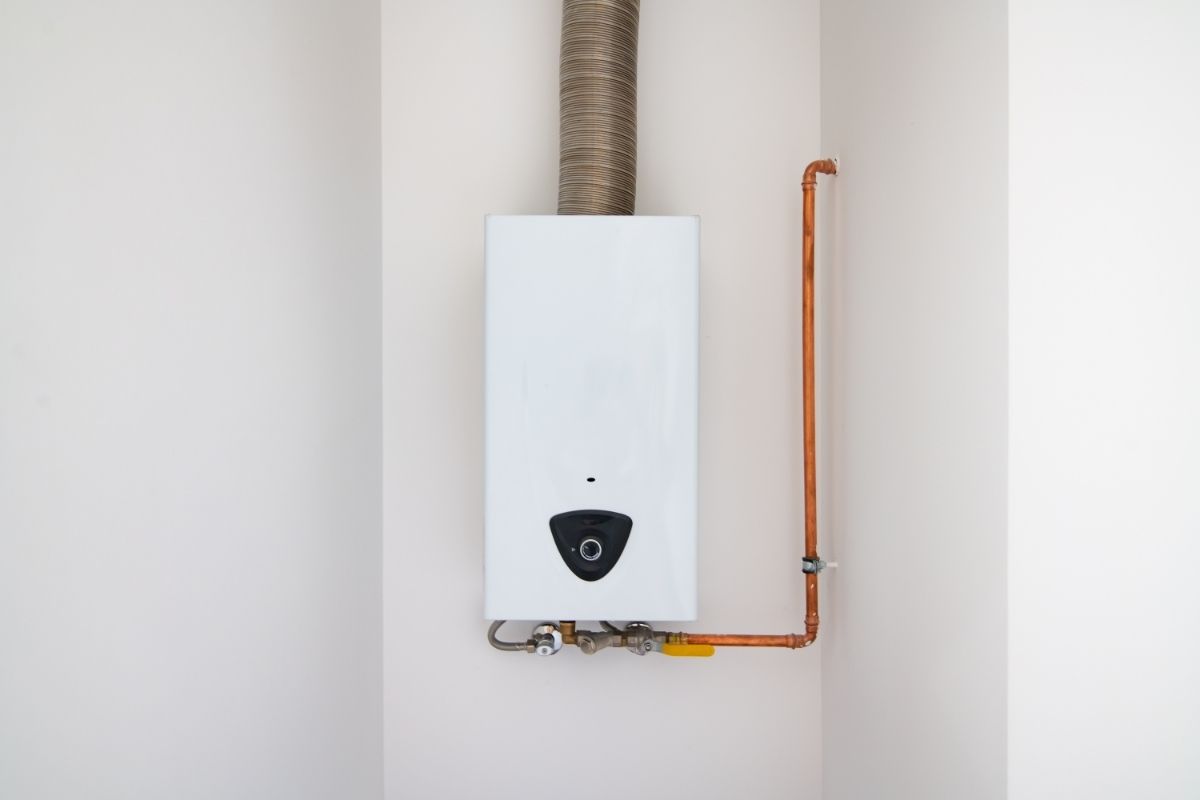

0 thoughts on “How To Keep Pipes In Crawl Space From Freezing”